Reliability of bearing knots презентация
Содержание
- 2. FUNCTION OF A BEARING The main function of a rotating shaft
- 3. Bearings are classified under two main categories: Plain or slider bearing
- 4. LOAD DIARECTION AND NAME:
- 5. Sleeve Bearing
- 6. Description: Bearing used to constrain, guide, or reduce friction in rotary
- 7. Sleeve Bearing Materials Relative softness (to absorb foreign particles), reasonable strength,
- 8. Materials Whitemetal - usually used as a lining bonded to bronze,
- 9. Materials Sintered bronze - Sintered bronze is a porous material which
- 10. Types of Lubrication Hydrostatic Hydrodynamic Boundary Lubrication Dry Bearings
- 11. Advantages and disadvantages of the plain bearing Plain bearing are cheap
- 12. Ball and roller bearings due to low rolling friction these
- 13. Ball and Roller bearing
- 15. Types of bearing
- 17. Types of ball bearings
- 20. Thrust ball bearings
- 22. Tapered roller bearing (TRB): Tapered roller bearing (TRB): TRB can take
- 23. Needle ball bearing
- 34. Bearing life at rated reliability Bearing life depends on: Load and
- 35. How to handle combined loading So far we have only considered
- 37. Bearing Mounting For instrument bearings, certain special considerations should be
- 49. Скачать презентацию






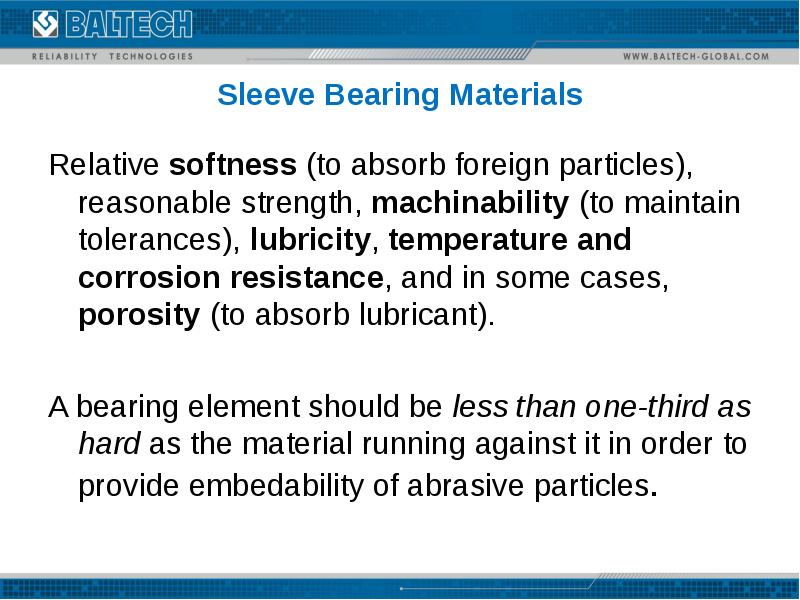


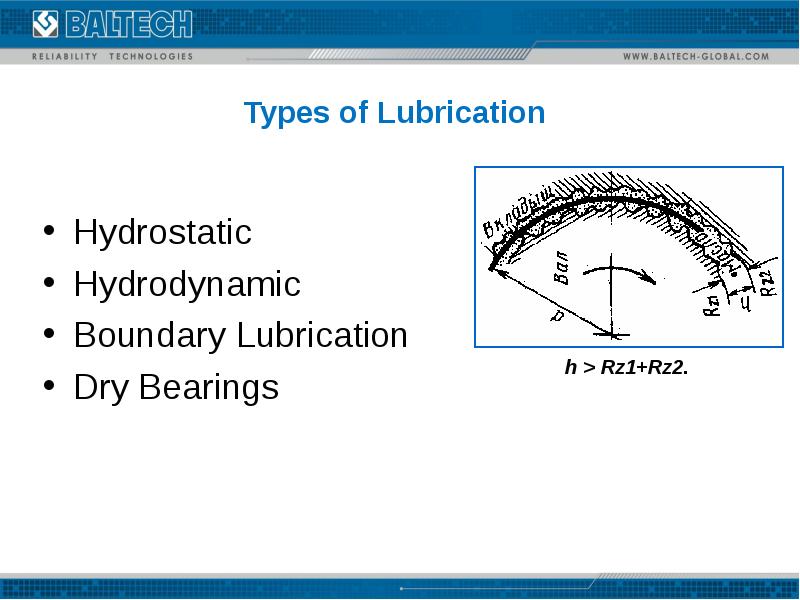

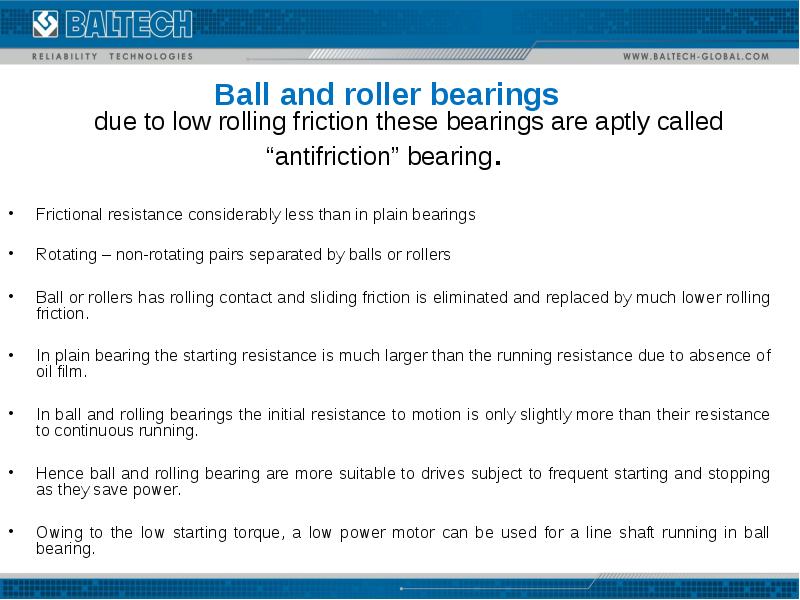

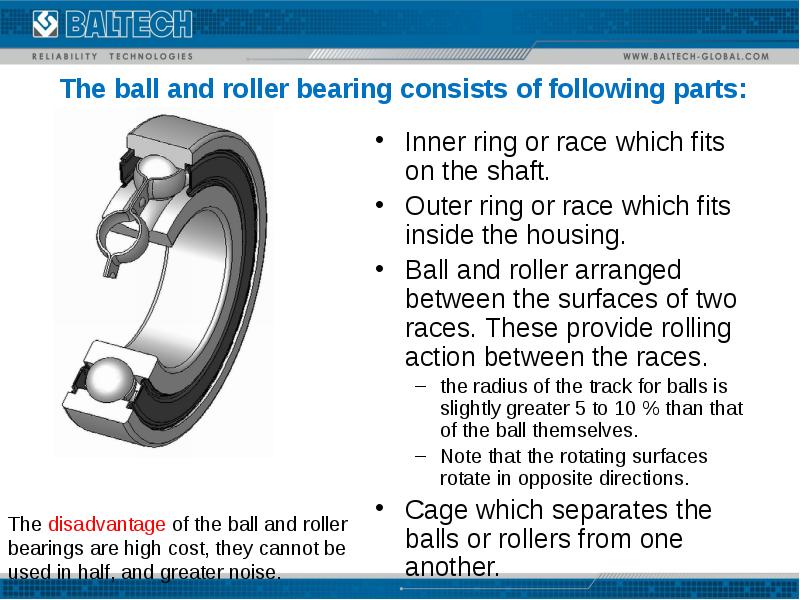
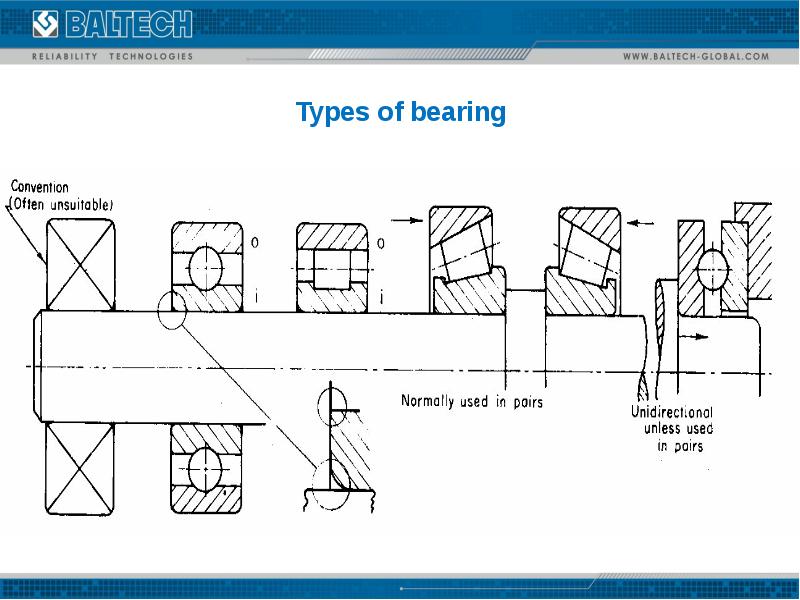
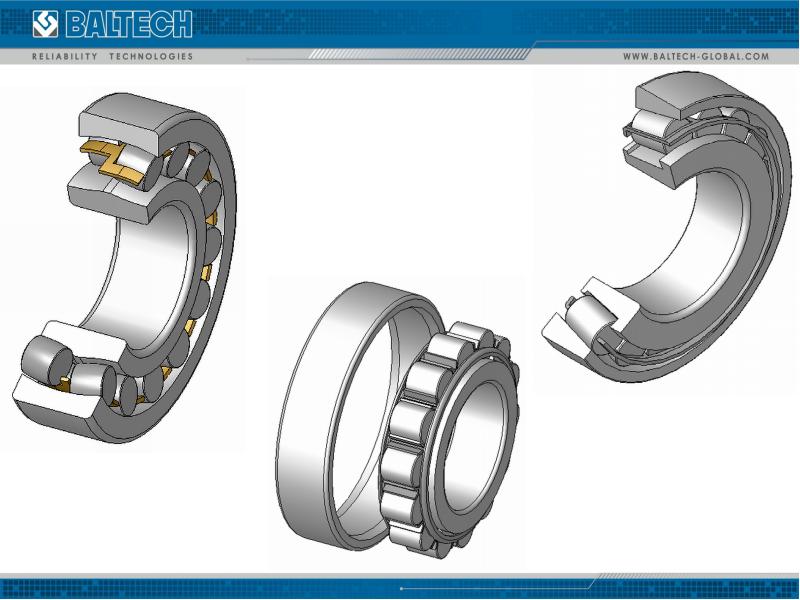
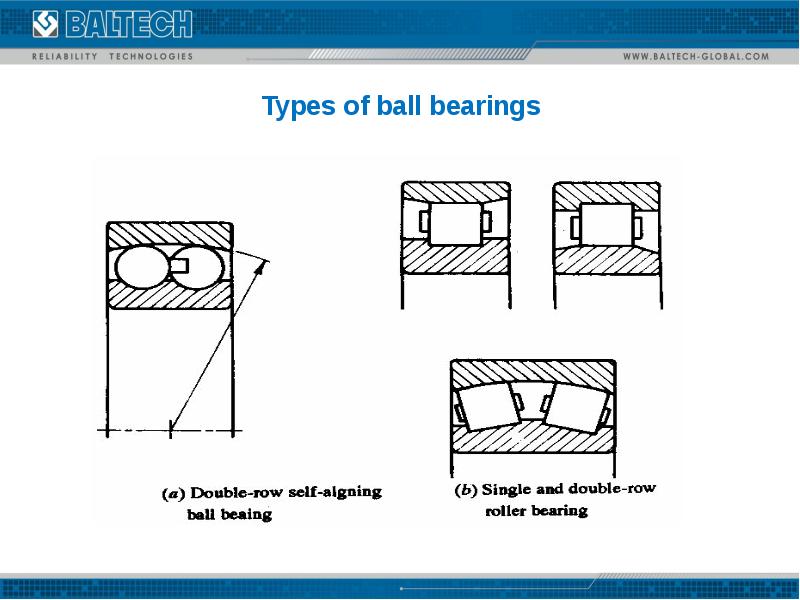
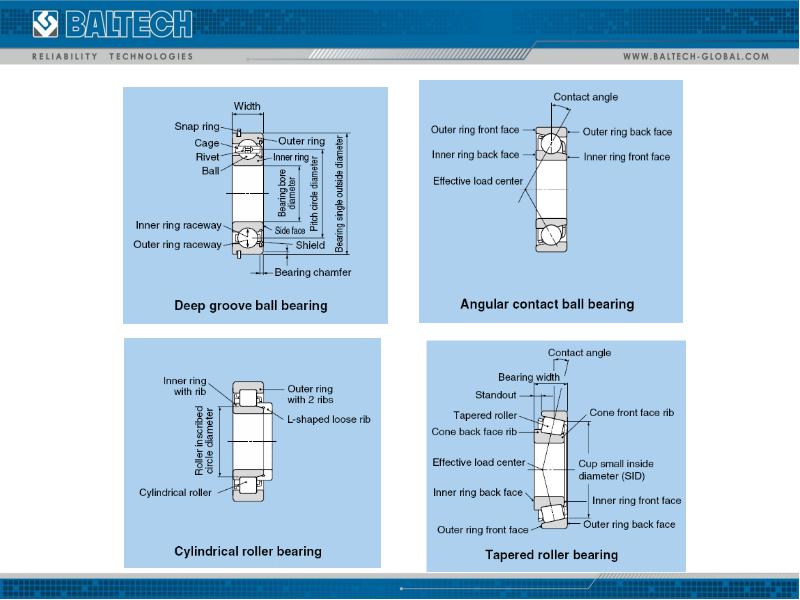
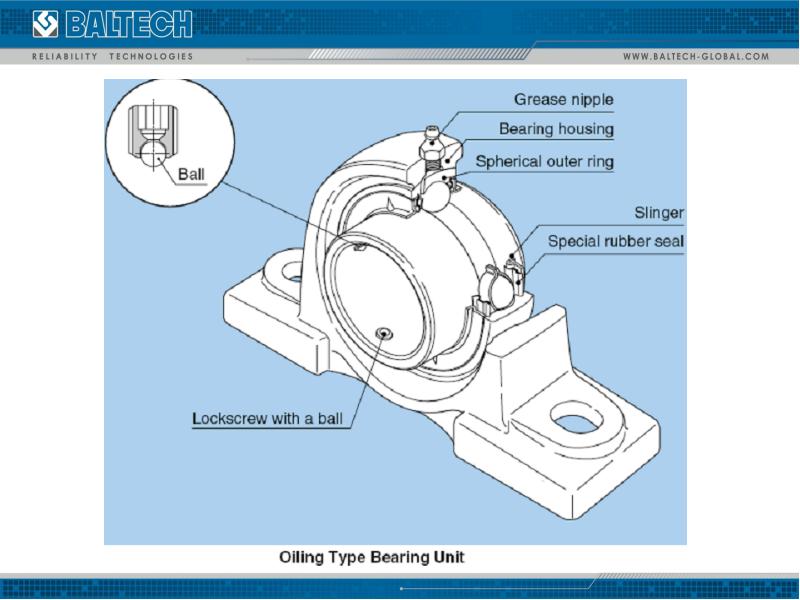
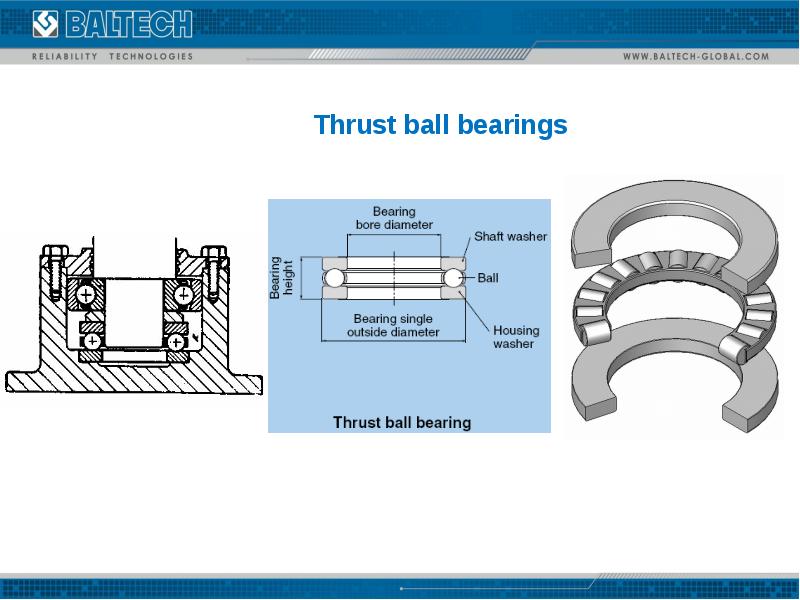
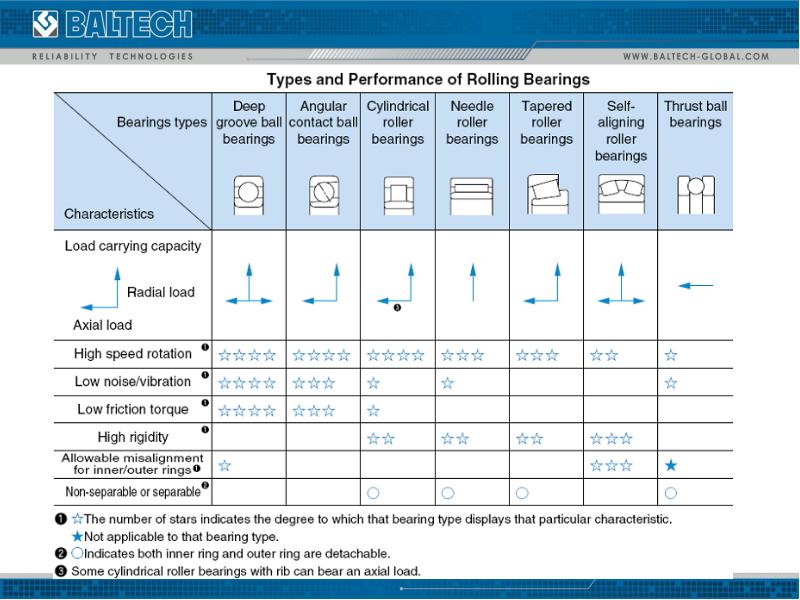
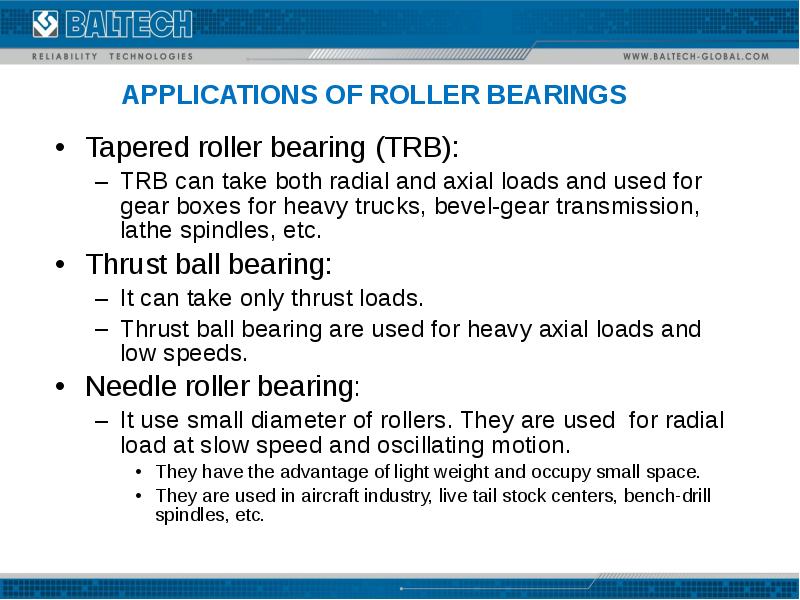
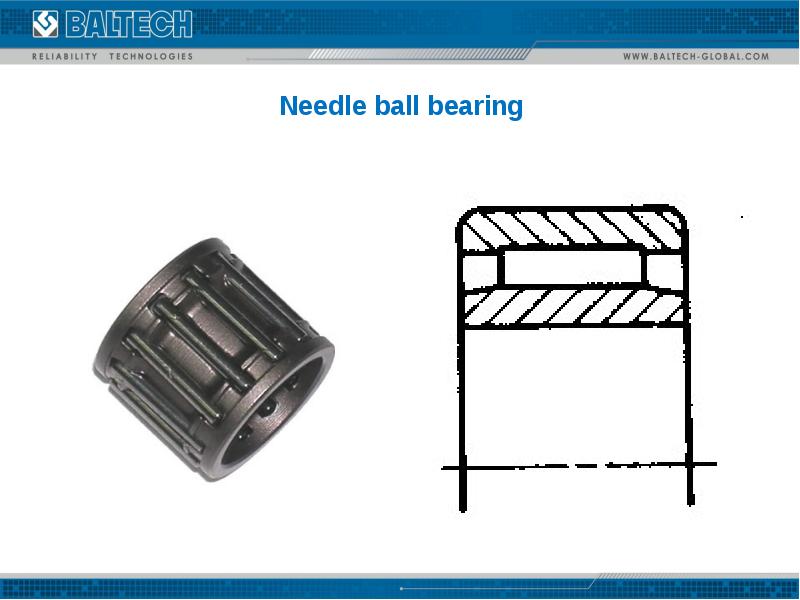
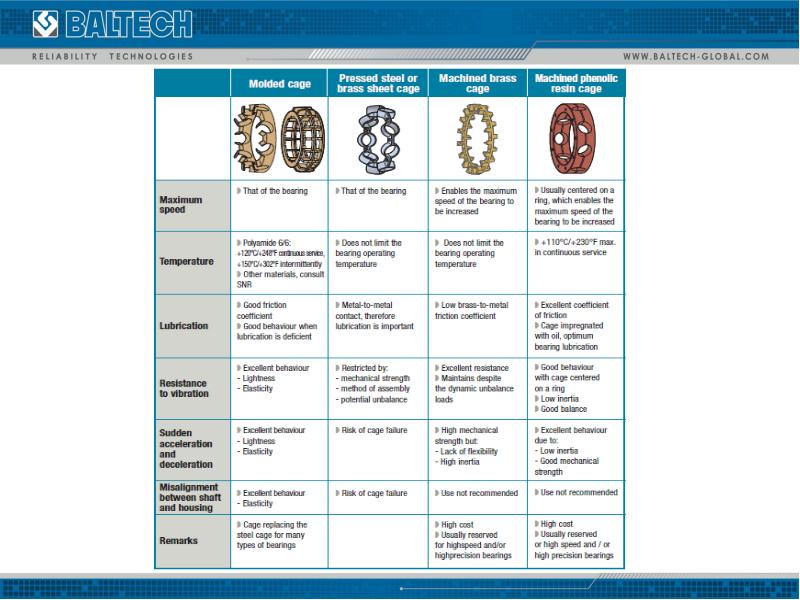
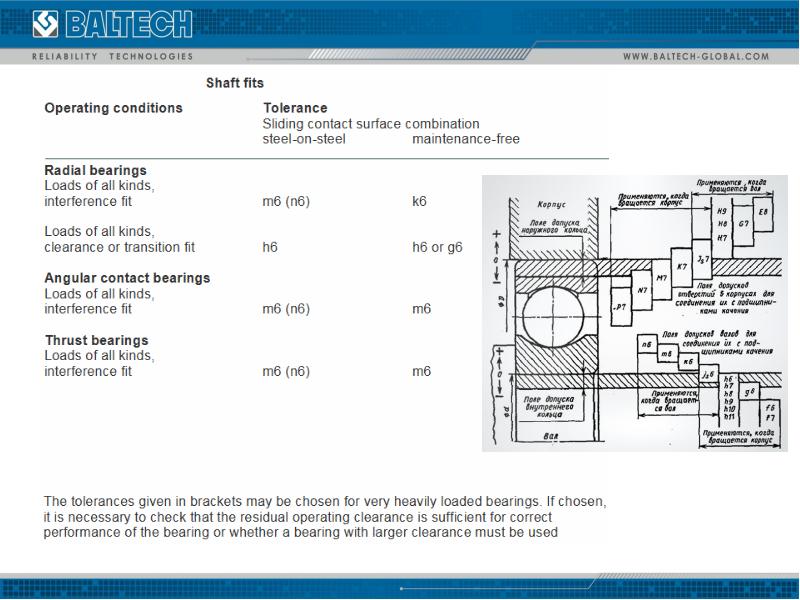
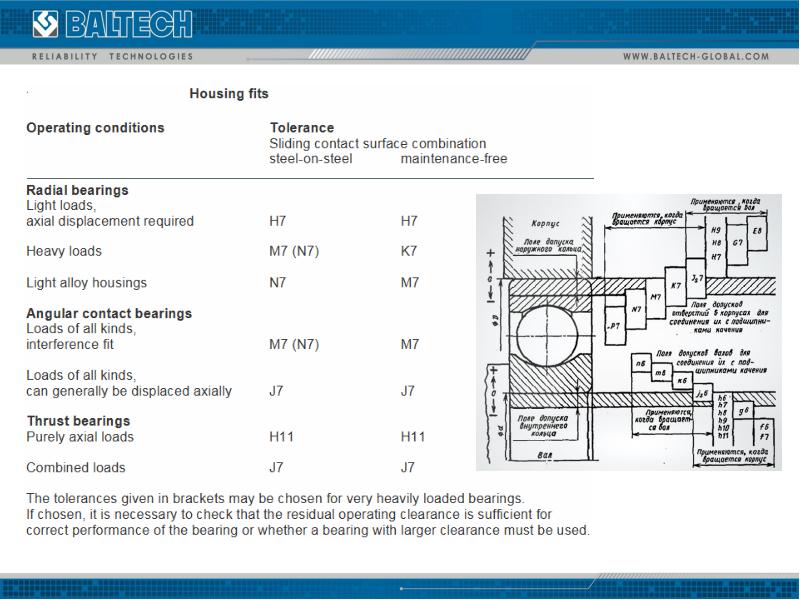
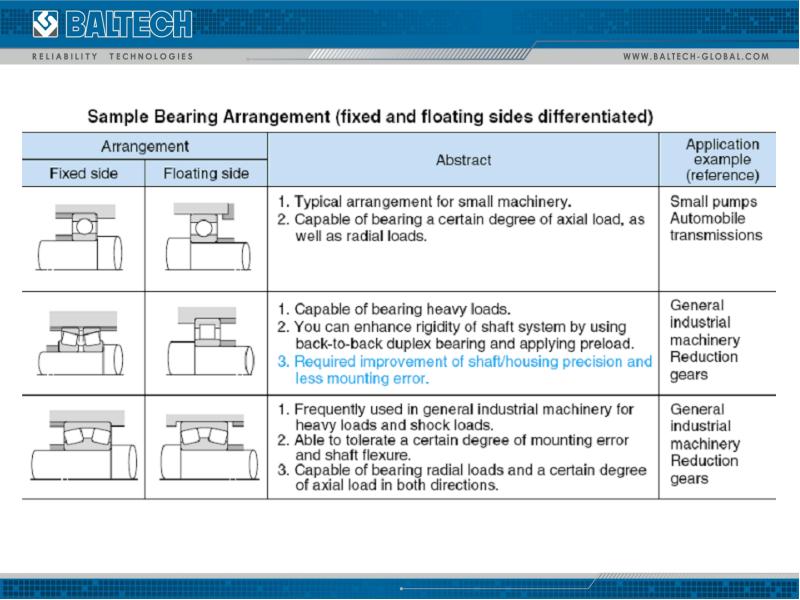
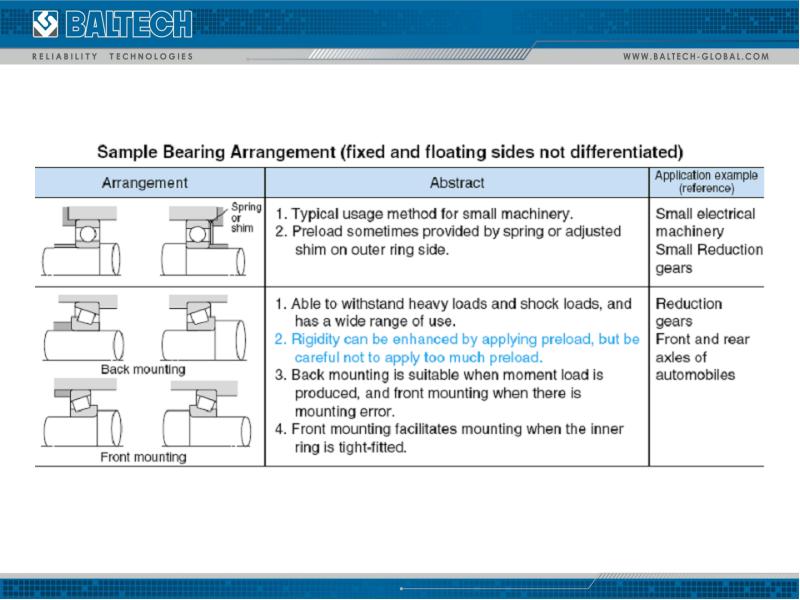
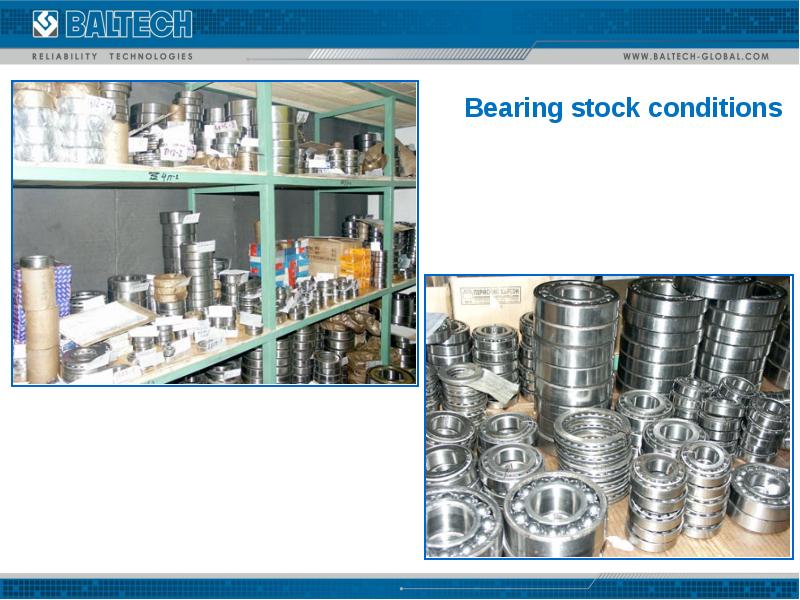


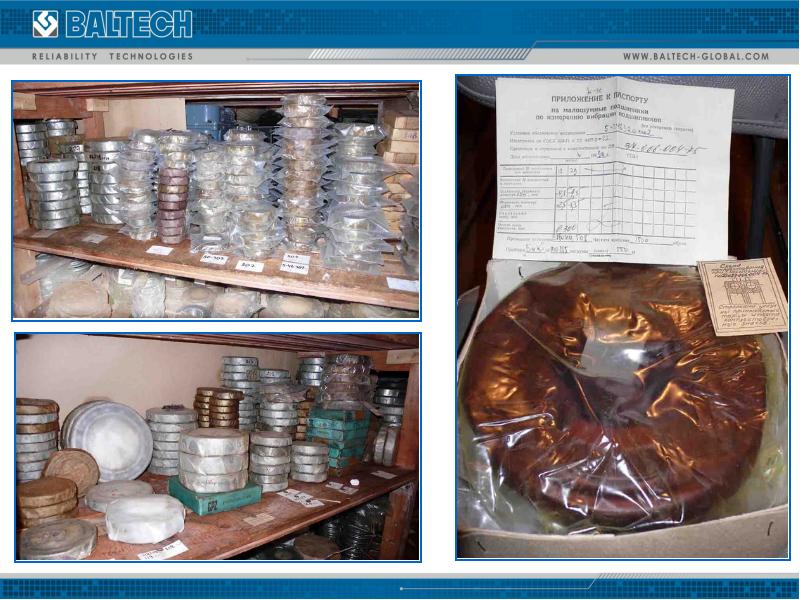

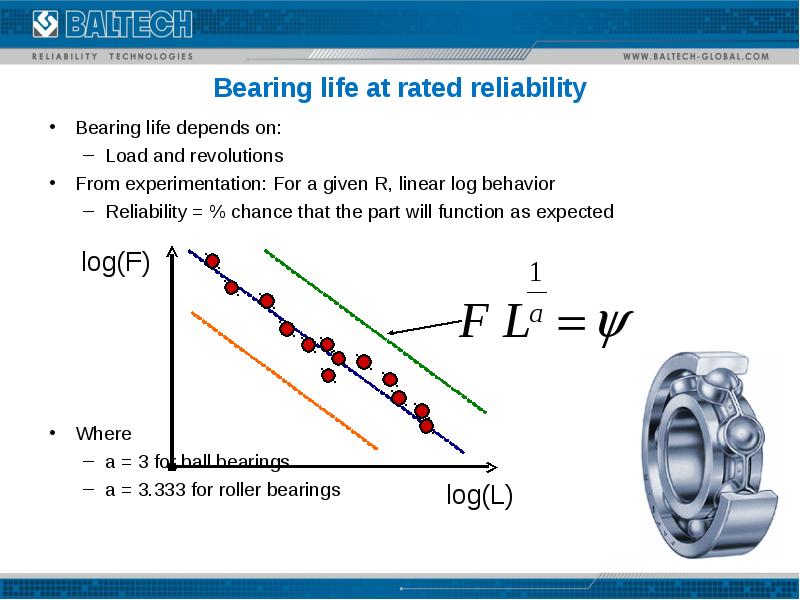
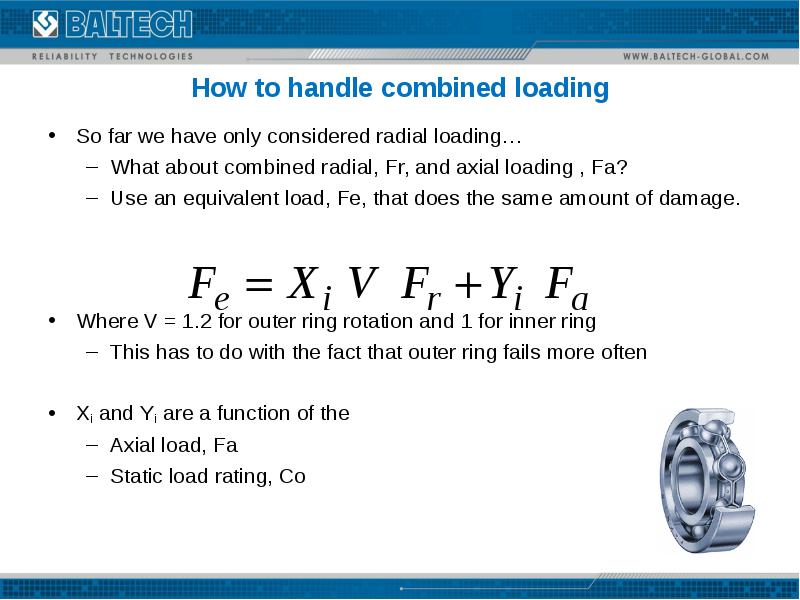
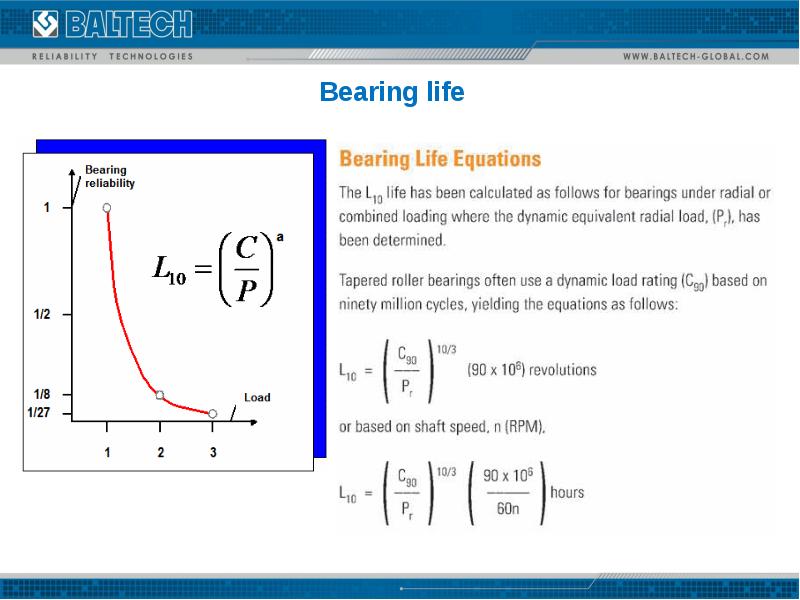


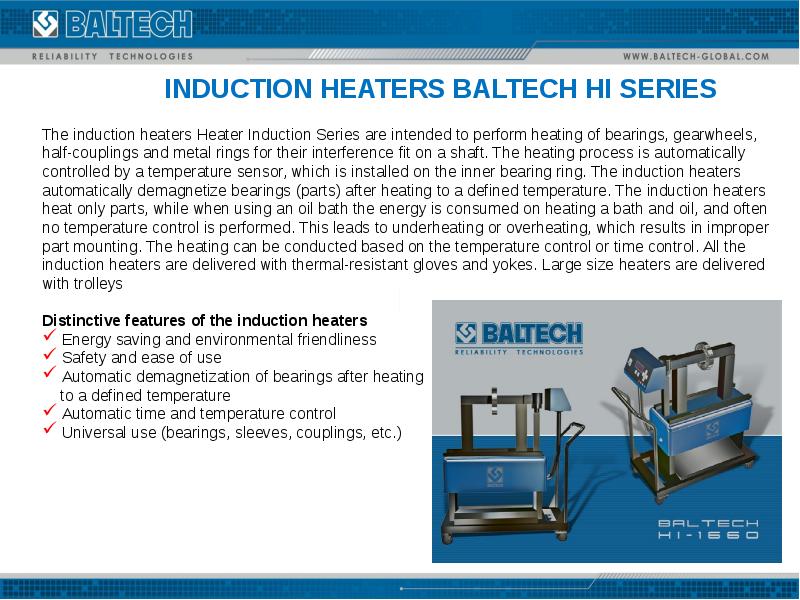
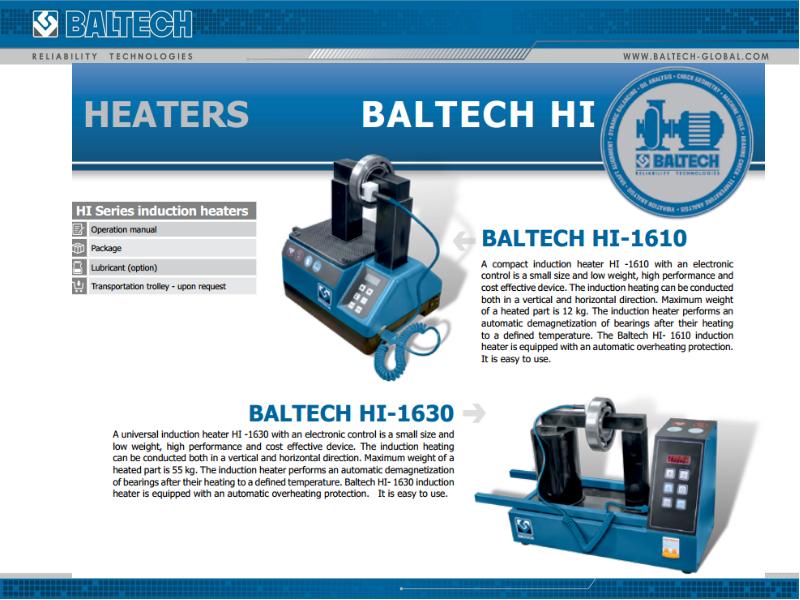

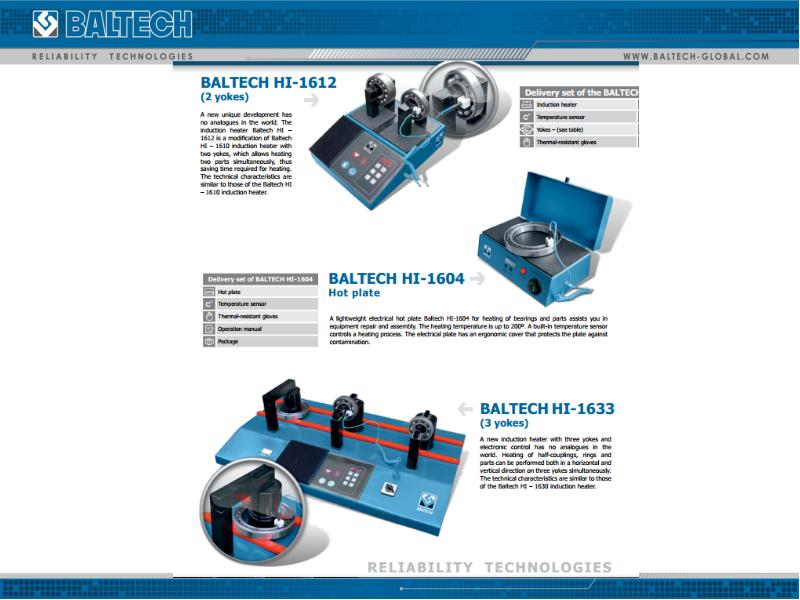

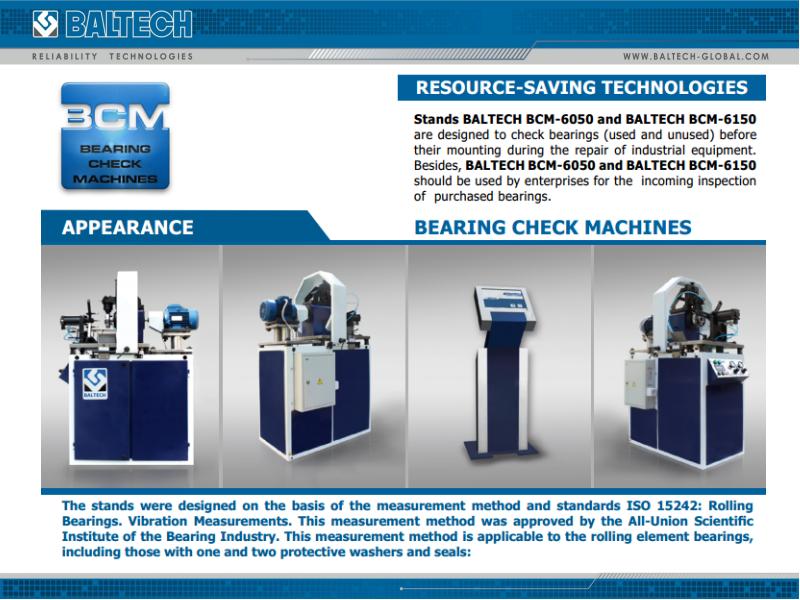
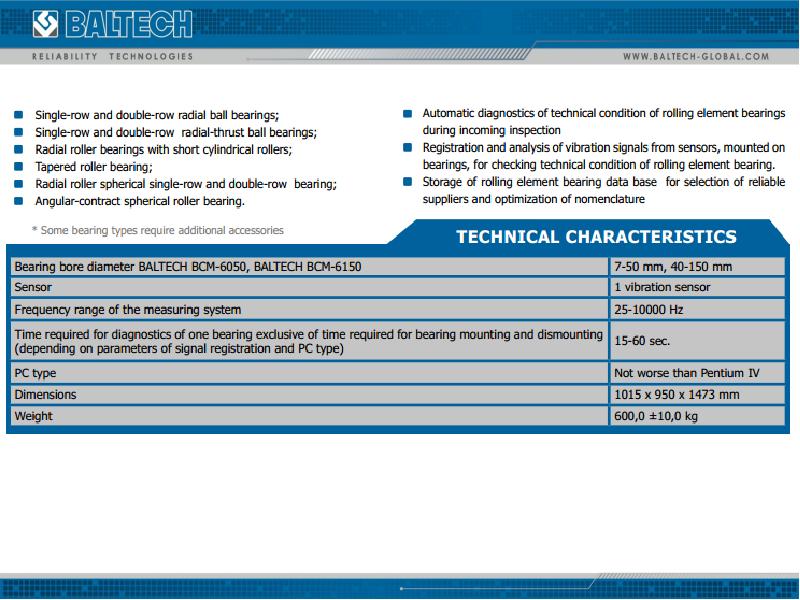
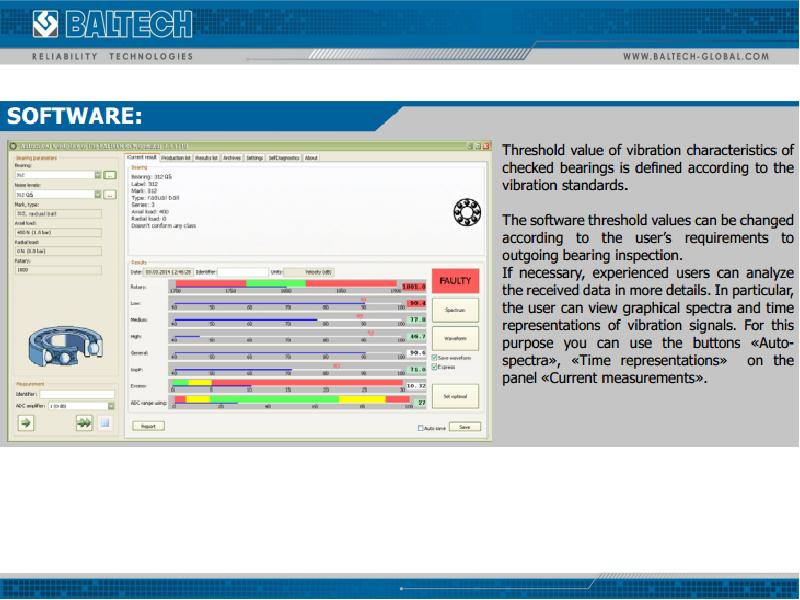
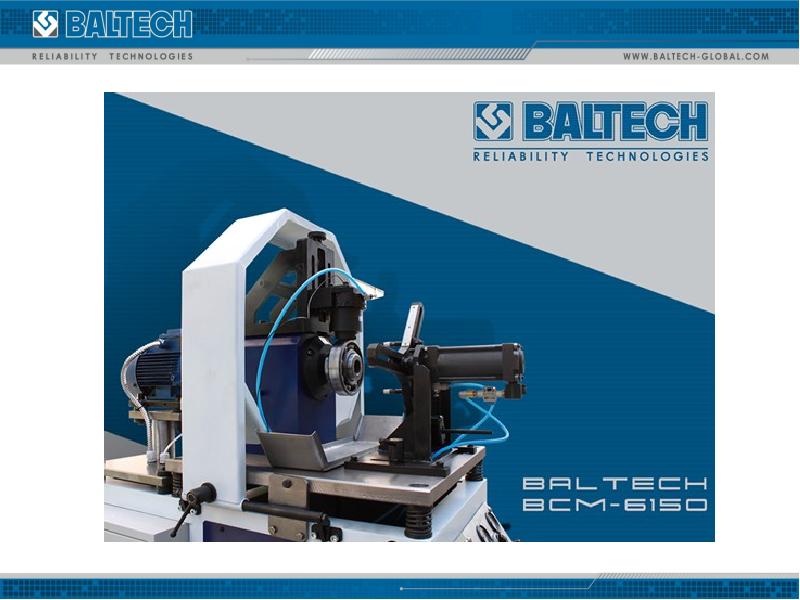
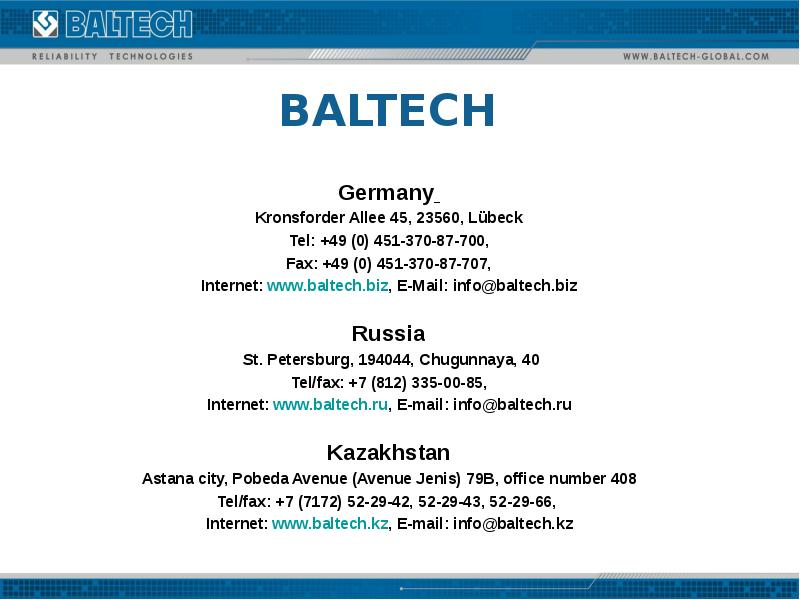
Слайды и текст этой презентации
Похожие презентации





























